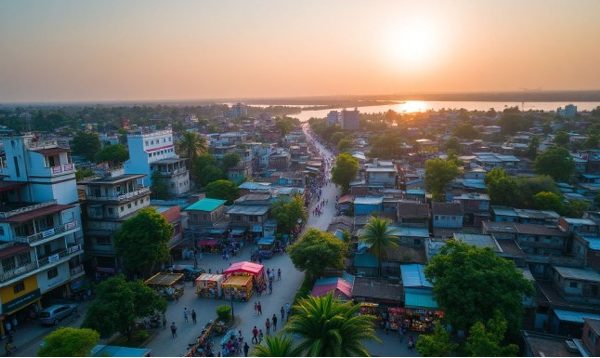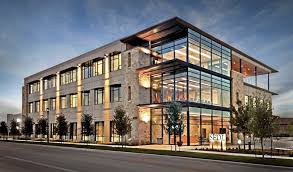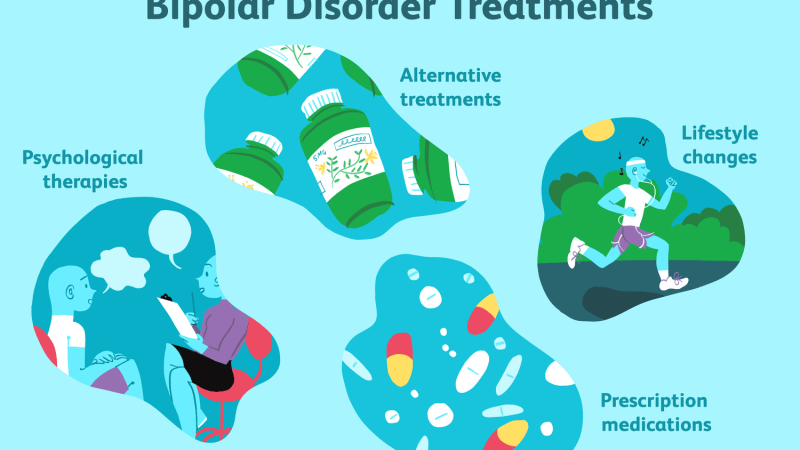Fitness journeys are deeply personal, yet often, the mainstream narrative focuses on a narrow definition of ability. What happens when physical barriers, whether born from accident, illness, or innate conditions, enter the picture? For many women, these challenges can feel insurmountable, making the idea of an active lifestyle seem out of reach. However, a growing movement, “adaptive fitness,” is changing this perception entirely. It celebrates the incredible resilience of the human spirit and champions the belief that fitness is truly for every body.
At the Dubai Ladies Club, we are passionate about fostering an inclusive environment where every woman feels empowered to pursue her health and wellness goals, regardless of her physical circumstances. Let’s delve into what adaptive fitness truly means and share inspiring (though composite) stories of women who have transformed their lives by embracing movement beyond traditional limitations.
What is Adaptive Fitness? Redefining Movement
Adaptive fitness is about modifying exercises and activities to suit an individual’s unique physical capabilities and needs. It acknowledges that not everyone’s body moves in the same way, and instead of focusing on limitations, it highlights possibilities. This approach often involves:
- Modified Equipment: Using adaptive gear, specialized machines, or assistive devices.
- Alternative Movements: Finding different ways to achieve the desired muscle activation or cardiovascular benefit.
- Personalized Coaching: Working with trainers who understand specific conditions and can safely guide modifications.
- Focus on Functionality: Emphasizing movements that improve daily living and independence.
Ultimately, adaptive fitness ensures that everyone can experience the immense physical and mental benefits of being active. It’s about finding your way to move, sweat, and thrive.
Inspiring Stories of Resilience and Strength
Let’s meet some composite women whose journeys exemplify the power of adaptive fitness:
Story 1: Layla’s Journey Back to Strength
Layla, a vibrant woman in her late 30s, sustained a spinal cord injury in an accident, leaving her with limited lower body mobility. Initially, she felt disconnected from her body and believed her active days were over. However, through adaptive fitness, she rediscovered her strength. She began with seated resistance band exercises, gradually progressing to a specialized hand cycle for cardio. Today, Layla regularly participates in adaptive yoga, focusing on upper body and core strength, and has found a thriving community of women who support each other. She attests that adaptive fitness not only rebuilt her physical strength but also restored her sense of self and purpose.
Story 2: Aisha’s Fight Against Chronic Pain
Aisha, in her 50s, battled debilitating chronic joint pain, making even simple movements agonizing. Traditional workouts seemed impossible. Nonetheless, she discovered adaptive aquatic fitness. The buoyancy of the water provided the support she needed, significantly reducing impact on her joints. She performed gentle stretches, water walking, and low-resistance exercises. As a result, Aisha has dramatically reduced her pain levels, improved her mobility, and regained control over her body. She now champions the idea that movement is medicine, regardless of physical discomfort, when approached with care and intelligence.
Story 3: Noor’s Post-Stroke Transformation
Noor, a woman in her 60s, experienced a stroke that affected her balance and coordination on one side of her body. She feared losing her independence. However, a dedicated adaptive fitness program, focusing on seated core work, single-sided strength exercises, and balance drills with support, transformed her outlook. She uses resistance bands and light dumbbells, meticulously focusing on regaining neural connections. Consequently, Noor has shown remarkable improvement in her stability and confidence, proving that adaptive exercises can rebuild crucial connections and empower recovery. Her journey inspires everyone around her.
The Profound Benefits of Adaptive Fitness
The advantages of adaptive fitness extend far beyond physical gains:
- Improved Physical Health: Regular activity, even modified, strengthens muscles, enhances cardiovascular health, and improves bone density.
- Pain Management: For those with chronic conditions, targeted adaptive exercises can significantly reduce pain and discomfort.
- Enhanced Mobility and Functionality: It helps individuals regain or improve their ability to perform daily tasks independently.
- Boosted Mental Well-being: Exercise is a powerful antidote to stress, anxiety, and depression. Overcoming physical barriers through movement significantly boosts self-esteem, confidence, and a sense of accomplishment.
- Community and Connection: Adaptive fitness classes or groups often foster incredibly supportive communities, reducing feelings of isolation.
- Increased Independence: By strengthening the body, individuals often find they rely less on assistance for daily activities.
- Prevention of Secondary Conditions: Staying active can help prevent other health issues that might arise from immobility.
Getting Started with Adaptive Fitness: Practical Steps
If you or someone you know is facing physical barriers, starting an adaptive fitness journey can feel daunting. Here are some practical steps:
- Consult Healthcare Professionals: Talk to your doctor, physiotherapist, or specialist. They can provide essential guidance on safe movements and any precautions.
- Seek Certified Adaptive Trainers: Look for fitness professionals with certifications in adaptive exercise or special populations. They understand how to modify movements safely and effectively.
- Start Small and Listen to Your Body: Begin with very gentle exercises and gradually increase intensity and duration. Pay close attention to how your body responds. Pain is a signal to stop and reassess.
- Explore Different Modalities: Water-based exercises (hydrotherapy), seated workouts, resistance bands, light weights, and bodyweight exercises are all excellent starting points.
- Focus on Consistency, Not Intensity: Regular, sustainable movement will yield better long-term results than sporadic, intense bursts.
- Find a Supportive Environment: A facility that understands and accommodates diverse needs can make all the difference. Look for a welcoming community.
Conclusion: Every Movement Matters, Every Woman Is Capable
The inspiring stories of women overcoming physical barriers through adaptive fitness remind us that strength and health are not defined by conventional norms. They are forged through resilience, determination, and a willingness to find new ways to move and thrive. Adaptive fitness is a testament to the fact that every body is a fitness body, and every step, no matter how small, is a victory.
At the Dubai Ladies Club, our Fitness Club For Ladies is committed to creating an accessible and empowering space for all women. We celebrate your unique journey and offer guidance and support to help you discover the joy and profound benefits of movement, tailored to your needs. Embrace your strength, explore your possibilities, and let your incredible journey inspire others.






